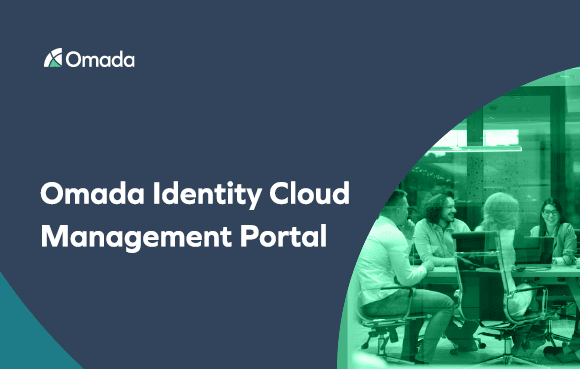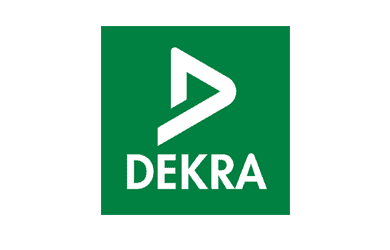How to govern identities and access in a future-proof, secure, and efficient way?
As more and more businesses adopt hybrid IT environments on their digital transformation journey, many are faced with the challenges that emerge when managing identities and access across multiple applications, clouds, networks, and servers.
Delivering a good digital business experience to your customers, employees, and business partners while managing risk, maximizing efficiency and ensuring compliance with regulatory requirements such as the GDPR, requires the use of next generation identity and access governance solutions.
The benefits of cloud adoption
Moving to the cloud gives organizations operational efficiency, application and partner integration, management and analytics of data, and enhanced security.
Companies are adopting cloud services as well as a wide range of software-as-a-service applications, yet the scattered IT landscape on-premises and in the cloud rapidly becomes blurred and the proper protection of identities and management of access is a key business differentiator to achieve efficiency, compliance, and security.
By using standard software products, with mature process frameworks to support evolving standards, practices, and regulations, organizations can secure efficiency, compliance, and security. Further, this ensures that only the right people have access to the right resources (applications and data), at the right time, for the right reason.
A central identity governance framework is essential for this, ensuring seamless cloud-based business processes and services, and thereby also supporting identity lifecycle, entitlement management, access request and approval, role and policy management, access and resource certification, fulfillment, auditing, reporting, and analytics.
Close your governance gap
As an organization moves to the cloud, its internal IT department is increasingly challenged to keep an overview and control of who has access to which systems and data, and avoiding ‘under the radar’ shadow IT. Without this overview and control, the result could be a complex IT landscape with ungoverned access across a variety of cloud and on-premises applications.
It is a must for today’s organizations to move to next generation identity governance and access management, where they can manage access to on-premises applications in combination with the cloud-based applications, in line with corporate policies and regulatory requirements, while also providing full provisioning and lifecycle governance capabilities.
Failure to have solid identity management and access governance processes in place when moving to the cloud can have dramatic consequences for a business, such as loss of productivity, loss of intellectual property, danger of asset manipulation via security breaches, audit failures, and unnecessary cloud subscriptions costs.
The challenges of adopting cloud technology
Digital transformation places more demands on an identity governance solution that ever before. It is essential for organizations to bear in mind the new demands of managing identities and access before making the move to the cloud. The increase in digital transformation means there are more mobile devices, more transactions, and access to be granted anywhere, anytime, leading to new polices and legislations needing to be supported.
While many companies are adopting hybrid cloud strategies to keep up with the fast-paced digitalization, the new solution must still comply with legislation, ensure efficiency and secure collaboration across the organization and with partners and customers, support the rapid adoption of new digital services while respecting security and compliance, and protect the brand and IP while acting in a complex ecosystem, complying to regulations and increasing efficiency. The organization must therefore manage the risk, while maintaining business agility.
Access to resources such as application and data is changing. Cloud directory services and as-a-Service applications, or internet exposed on-premises applications, are easier for partner organizations to access. At the same time a previously ‘internally’ managed partner identities now become cloud federated identities and require similar governance as before. The risk is that cloud-based collaboration evolves faster than identity governance.
How IGA can help the move to the cloud
The move to the cloud creates different vulnerabilities and potential exposed openings for attackers so organizations must revise their risk and security management. Organizations therefore need to have a vision regarding the cloud adoption, and then establish appropriate governance. From a technology viewpoint, it is important to ensure that a well-functioning, future-proof architecture for identity management and access governance is implemented. This architecture should secure the organization long-term and ensure correct data flows across disparate systems and directories.
It is a prerequisite to know the identities and related accounts in an organization before enabling them to use cloud services. Companies must ensure that federated identities from suppliers, partners, or customers are governed in an appropriate way; ideally this should happen before collaboration begins, and the correct processes must be established and implemented. Organizations should also establish ‘local’ security mechanisms, such as access request and certification, and policies must also be established for cloud services.
Correct identity governance is essential and operational processes must be in place monitoring all aspects of security and compliance. Organizations should also develop cost models, investigating how they manage ‘service on-demand’ cost wise, how they integrate cloud cost models into finance processes, and how they manage flexible CPU and storage during maintenance, such as how to calculate long term cost needs for 3-5-year planning.
A successful migration
Omada provides a clear and consistent path for organizations that migrate from on-premises to hybrid to multi-cloud applications and systems. The Omada Identity Cloud solution provides a range of built-in processes for best-practice identity management and access governance. Key capabilities include identity lifecycle management, access reviews and certifications, self-service access requests and approvals, segregation of duty policies, role lifecycle management, and audit reporting, all essential for enabling organizations to continuously meet security, compliance, and efficiency needs.
Learn more about full identity governance, on-premises and in the cloud, protecting your organization across the hybrid IT environment by downloading the Omada Identity Cloud Guide:


























